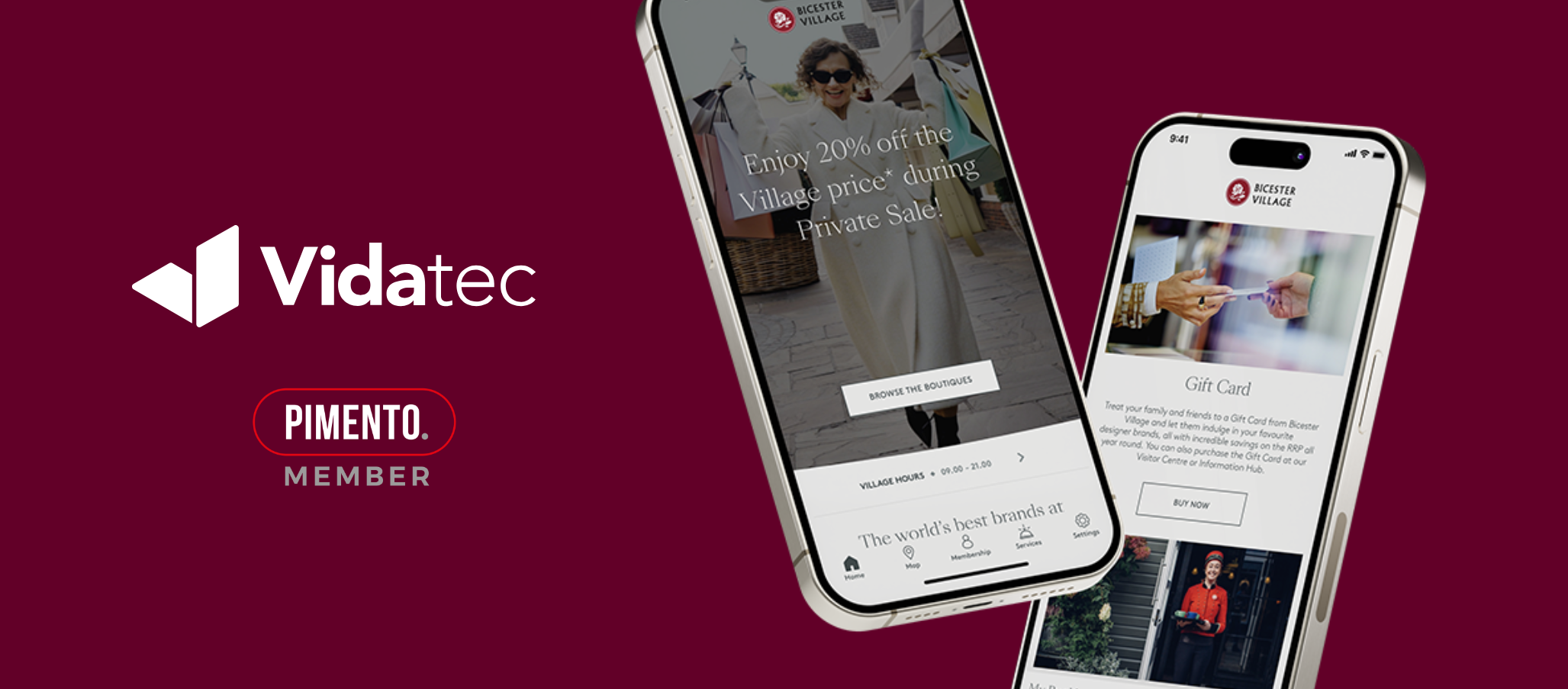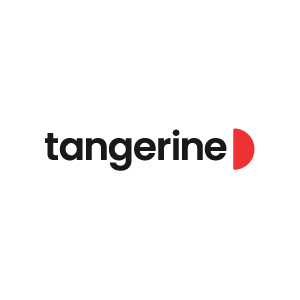How Attention Strategies Change Minds & Bottom Lines
In a complex social media landscape, brands have metrics at their fingertips that can tout success for almost any campaign, and the ability to buy huge reach has led to a bigger focus on efficiency, rather than simply getting work out there. But there’s a key question that can get lost in the efficiency revolution:
Is it actually shifting the dial in how people consider a brand, and whether they take the actions we want them to?
In our research with long time partner Specsavers and attention technologists Lumen, we found that we need to do more than just reach people to get them to change their minds. While ads are efficient on the surface, generating high scale and delivering focussed product messages, they’re much less effective at capturing the deeper attention that turns these eyeballs into outcomes.
When we compared ads with brand content in our report, The Shapes of Attention, we found that ads deliver 1–2-second bursts of attention, while brand content optimised for views delivers up to four times that. We’re not saying ditch the ads altogether – they’re crucial for delivering the bottom-of-funnel nudges that audiences need to bring you to the top of their mind and then bring them to your website. What we are saying is that, with an attention strategy that combines engaging, relevant brand content with ads, you can convince people to choose your brand before encouraging them to answer your call to action.
Priming audiences with brand content then ‘activating’ them with ads led to better brand recall, brand choice and brand impact in our research. In English, people are more likely to remember, choose and purchase from your brand when you work to win their hearts and minds first.
Attention Strategies In Practice
Marketers know all too well that shifting a brand’s strategy isn’t a simple proposition, and dialling up brand content not tied to direct lead generation can be a tricky sell, particularly with senior leaders who are focused on the black and white success of a product, service or business. What an attention strategy looks like in practice is another important question, and how can it deliver the ROI demanded of marketing departments at a time when efficiency remains a high if not the top priority from the C-suite?
Grabbing, retaining, and converting the attention of an audience with whom brand reach and fame had been declining was the goal for the Best Worst Team campaign, designed to help Gen Z audiences connect with Specsavers’ character and heritage. In this case, a nudge to book an eye test wouldn’t be enough – the campaign needed to change the minds of a group with an unparalleled ability to see through brand content.
Where To Start
Written by Tangerine
Get in touch to design attention strategies with purpose and measurable impact.
This is just one area of expertise we have in our Full Service Marketing Agency offering, see more of our services here.

Digital by Design: The Next Chapter in Luxury Marketing
Luxury has always been about emotion. It’s about how a person feels when they interact with a brand, whether in […]
Read more.
Why media strategy is the next growth frontier for education marketing
This year, UK higher education has seen record student numbers. While this is very positive for the sector, it has […]
Read more.
